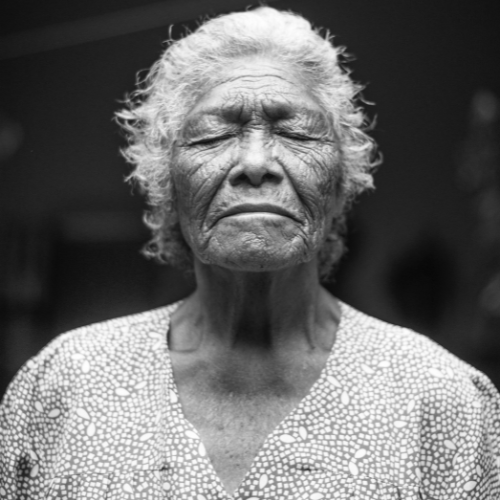Osteoarthritis (OA) and rheumatoid arthritis (RA) are two common types of arthritis that affect millions worldwide. While both cause joint pain and stiffness, their causes, symptoms, and treatment approaches differ significantly. Understanding these differences can help in managing symptoms effectively and seeking the right treatment.
What Is Osteoarthritis (OA)?
OA is a degenerative joint disease that occurs when the protective cartilage cushioning the bones wears down over time. It primarily results from wear and tear but can also be influenced by factors such as:
- Age and genetics
- Obesity
- Joint abnormalities or injuries
For more details, check out my blog on osteoarthritis. Osteoarthritis (OA): Causes, Symptoms, and Treatment
What Is Rheumatoid Arthritis (RA)?
RA, on the other hand, is an autoimmune disease where the immune system mistakenly attacks the joint lining, causing inflammation and tissue damage. The exact cause of RA remains unknown, but genetics and environmental triggers play a role.
Symptoms: Key Differences
Osteoarthritis (OA) Symptoms
- Joint pain and stiffness, worsening after activity
- Tenderness and swelling
- Reduced mobility and flexibility
- Grating or cracking sounds (crepitus)
- Typically affects weight-bearing joints (knees, hips, back, and feet), but also hands, neck, and shoulders

Rheumatoid Arthritis (RA) Symptoms
- Joint pain, stiffness, and swelling, often worse in the morning
- Warm, red, and swollen joints
- Systemic symptoms like fatigue, fever, and weight loss
- Usually affects smaller joints (hands, wrists, feet, ankles, knees, shoulders, elbows)
- Often symmetrical, meaning joints on both sides of the body are affected
For a comprehensive list of RA symptoms, check out my RA symptoms blog.
Treatment Options
Osteoarthritis (OA) Treatment
- Exercise to strengthen muscles and maintain joint function
- Weight management to reduce joint stress
- Medications to manage pain and inflammation
- Physiotherapy for strength, mobility, flexibility individual support.
- Surgery for severe cases
These blogs may give you more support
- 6 Top Tips for Exercising with Osteoarthritis (OA)
- The Impact of Body Weight on Joint Health: Why Every Pound Matters
Rheumatoid Arthritis (RA) Treatment
- Medications to reduce inflammation and slow disease progression
- Exercise to maintain mobility and strength.
- Lifestyle changes including stress management and proper nutrition
- Surgery in severe cases
These blogs may give you more support
- Exercising with Rheumatoid Arthritis (RA): Benefits and Tips for Success
- Can Your Gut Health Affect Joint Pain? The Surprising Link Between Your Microbiome and Inflammation
Conclusion
While both OA and RA affect the joints, their underlying causes and treatments differ. OA results from cartilage breakdown, whereas RA is an autoimmune condition. If you experience joint pain, stiffness, or other symptoms, consult a healthcare provider for an accurate diagnosis and personalised treatment plan.
Take care, Helen
Helen Manders BSc (Hons) MCSP HCPC
Chartered Physiotherapist Since 2001




